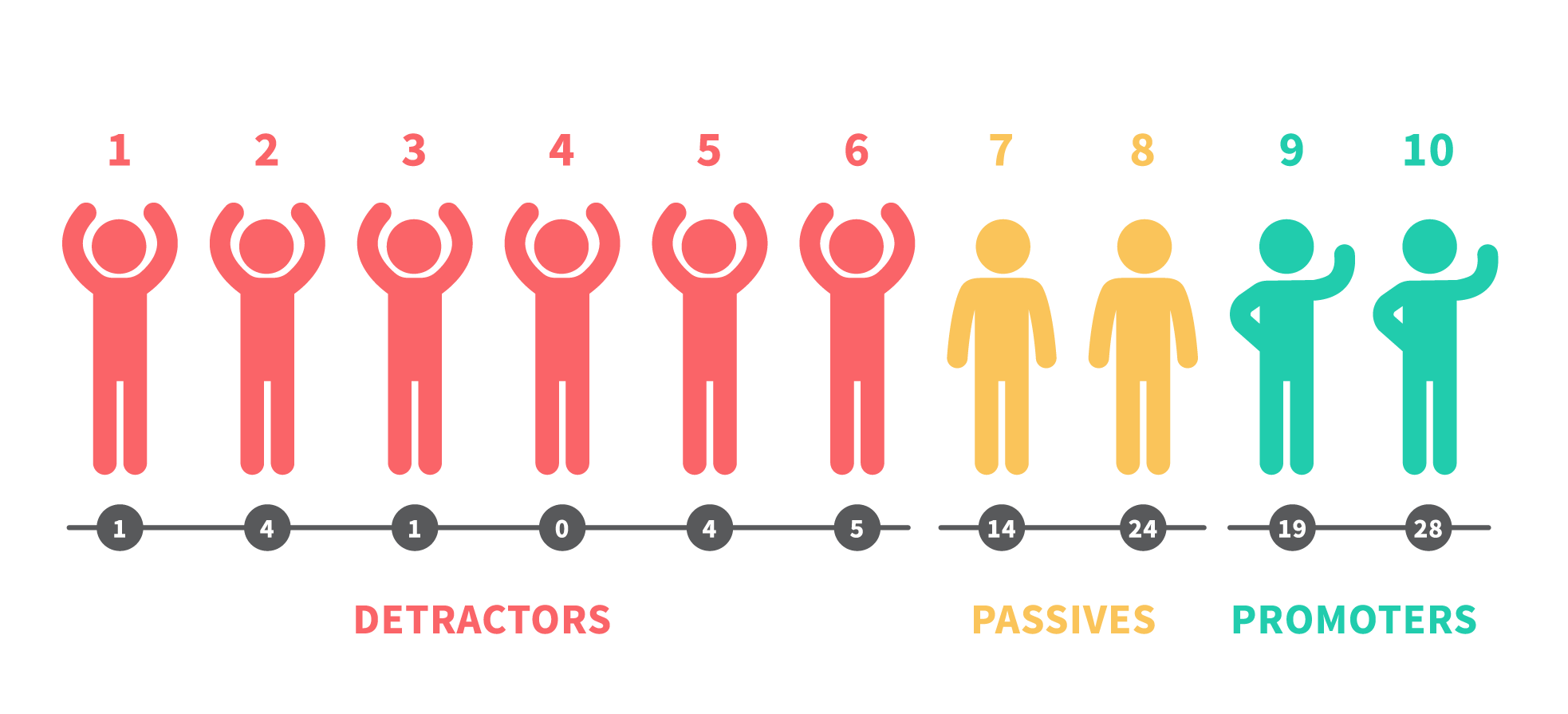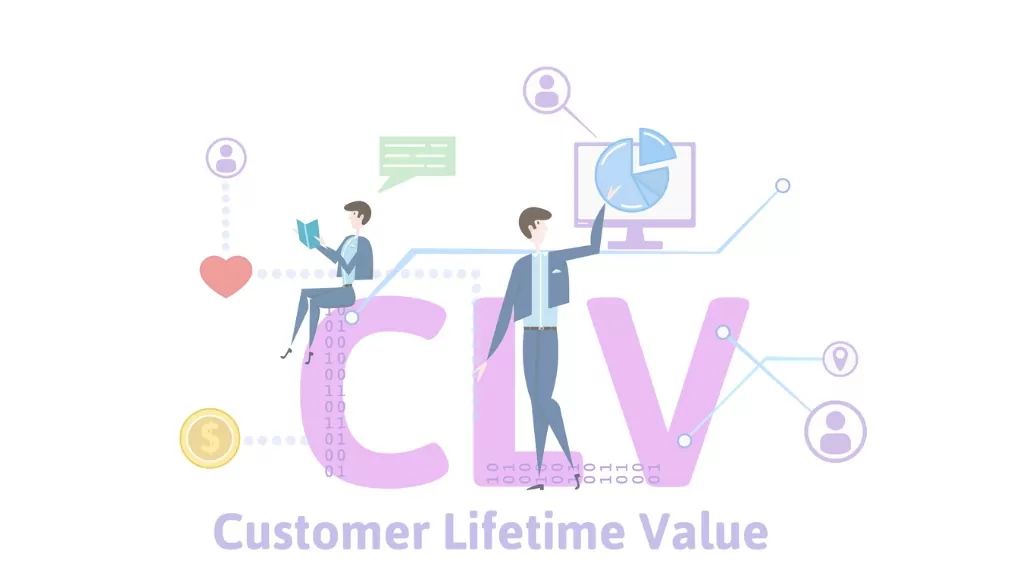
Organizations may use unique key performance indicators (KPIs) to measure the effectiveness of their customer experience management strategy, but while doing so they also need to observe certain common sector standard criteria. In this article, we have compiled 7 key metrics for customer experience management for you. These criteria are among the most basic requirements for an organization that aims to empower its brand by creating a difference in customer experience management.
What is Customer Experience Management?

Customer experience management (CXM) is the approach to designing, executing, and constantly improving the interactions of a company with its customers to create positive experiences that create customer loyalty, increase customer retention, and create revenue.
Customer experience (CX) involves identifying customer needs, preferences, and problems, and then creating a strategy that provides consistent and personalized experiences at all touchpoints.
1. What is Customer Satisfaction (CSAT)?
A customer satisfaction score (CSAT score) is the satisfaction rating acquired through a single-question questionnaire. Customers are asked to evaluate their experiences with the products or services of a brand. Customers answer on a scale from “very dissatisfied” to “very satisfied.” These simple yet strong criteria can be adapted to all sectors and can also be used at all touchpoints, such as store visits, sales team meetings, product use data, customer service personnel, call center and chat, etc. to determine satisfaction levels.
CSAT is the most concrete sign to determine whether your products and services meet customer expectations.
How to Measure Customer Satisfaction
There are a few different ways to measure customer satisfaction. The most common method is to use a questionnaire and ask customers to rank their general satisfaction or last interactions with the brand on a scale of 1-5 or 1-7. The questionnaire should ask customers to evaluate all of their experiences with the company, including all self-service options used, and the customer should be able to fill it out easily.
Another option is to use a more detailed questionnaire that asks specific questions regarding different aspects of the customer experience management, such as product or service quality, clearness of communication, and helpfulness of the employees.
In this kind of questionnaire, we have to make sure that the survey is given to the customer at an appropriate time, such as right after a customer interaction, and customers are presented with different channels through which to complete the questionnaire, such as text, email, IVR, or web form. Using dynamic questionnaires that include question sets that change according to the answers provided by the customer is much more effective for a personalized experience. However, these kinds of questionnaires require that the results be taken into consideration instantly and the customer experience be managed with a common approach across all channels.
After the questionnaire data are gathered, customer satisfaction ratings can be calculated by taking the average scores of all answers. This score can then be used to define the areas that cause low satisfaction levels and implement changes to improve the customer experience management.
2. What is the Net Promoter Score (NPS)?
This criterion is the most common way to measure the chance of a customer recommending a company (brand) to others.
How to Measure the Net Promoter Score

NPS (Net Promoter Score) is a measure of customer loyalty and satisfaction calculated by asking a single question to customers. “On a scale of 1 to 10, what is the probability that you will recommend this company to your friends or colleagues?” Customers who answer with 9 or 10 are “promoters,” 7 or 8 are “passives,” and those who answer between 0 and 6 are “detractors.”
In the calculation of NPS, the percentage of detractors is subtracted from the percentage of promoters. The result is the NPS value, which can vary between -100 (all customers respond negatively) and 100 (all customers respond favorably).
The most effective way to manage an NPS questionnaire is to administer the questionnaire separately to each customer group (micro segment) according to their basic characteristics. To be able to do that, you have to use a Customer Relationship Management (CRM) system that can hold all kinds of information regarding your customers after deduplicating and storing them in customer cards.
After the questionnaire data are gathered, the NPS value can be calculated by subtracting the percentage of promoters from detractors. This score can be used to define the areas that cause low customer loyalty levels and implement changes that will improve the customer experience management.
3. What is the Customer Effort Score (CES)?
This criterion evaluates the effort a customer makes to solve a problem they encounter.
How to Measure the Customer Effort Score
The most common method to measure customer effort score (CES) is to use a questionnaire and ask customers to rank the effort they make to find a solution to their problem on a scale from 1-5 or 1-7. The questionnaire should ask the customer to evaluate the whole of the company interaction process from start to finish, including self-service options.
Another option is to use a more detailed questionnaire that asks specific questions regarding different aspects of the customer experience, such as clearness of communication, availability of the self-service options, and helpfulness of the employees.
It is important to make sure that the questionnaire is administered at an appropriate time, such as shortly after a customer interaction, and that it is easy for the customer to complete.
After the questionnaire data are gathered, customer experience management can be calculated by taking the average scores of all answers. This score can be used to identify areas of the customer experience that require a high level of effort from customers and implement changes to improve the customer experience management.
4. What is Customer Retention Rate?
This criterion defines the rate of customers who continue to work with or purchase from a company within a defined timeframe.
How to Calculate Customer Retention Rate
The most common method of measuring customer retention rate is to monitor the number of customers who make repeat purchases within a defined timeframe. This measurement can only be made by analyzing the sales data or using a customer relationship management (CRM) system to monitor customer activity.
An alternative is to monitor the percentage of customers that are actively working with or interacting with the company. This evaluation can be done by analyzing data on customer interactions, such as website visits, email clicks, or social media engagement.
Customer retention is calculated by dividing the active and repeat-purchasing customer count by the total customer count at the beginning of the term. The results are defined as a percentage.
Monitoring customer retention over time can help a company to understand the effectiveness of customer retention efforts and define areas of improvement.
5. What is Customer Loyalty?
Customer loyalty measures the commitment of a customer to a company, including the probability that the customer will continue working with or purchasing from a company and their willingness to promote the company.
How to Measure Customer Loyalty
There are a few different ways to measure customer loyalty. The first of these methods is to monitor customers’ repeat purchase count within a set amount of time. For this, the dates of each sale (kept in your CRM system) can be used as a reference point.
Another option is to use questionnaires to ask customers about the probability that they’ll continue working with your company and their willingness to recommend your products or services to others. Various channels, including online web surveys, telephone surveys, IVR, text, and email, can be used for this.
Customer loyalty is calculated by dividing the active and repeat-purchasing customer count by the total customer count at the beginning of the term. The results are defined as a percentage.
Monitoring customer loyalty over time can help a company to understand the effectiveness of customer loyalty efforts and define areas of improvement.
6. What is Customer Lifetime Value (CLV)?
This criterion measures the total financial value that a customer is expected to bring to a company throughout its relationship with that company.
How to Measure Customer Lifetime Value
While there are a few different ways to calculate CLV, the most common method is to use the following formula:
 CLV = (average purchase value x annual purchase amount) x average customer lifetime Using this formula will require you to gather data on the following factors: Average purchase value: This is the average amount that a customer spends in a single transaction. Annual purchase amount: This is the average amount a customer spends in a year. Average customer lifetime: This is the average duration that a customer is expected to make business with the company. Also it’s too important for customer experience management.
CLV = (average purchase value x annual purchase amount) x average customer lifetime Using this formula will require you to gather data on the following factors: Average purchase value: This is the average amount that a customer spends in a single transaction. Annual purchase amount: This is the average amount a customer spends in a year. Average customer lifetime: This is the average duration that a customer is expected to make business with the company. Also it’s too important for customer experience management.
After gathering these data points, you can use the formula to calculate the CLV. This value can be used to help a company to understand the financial value of their customer database and make conscious decisions on how to allocate resources.
7. What is Customer Advocacy?
Customer advocacy is a performance criterion that measures how willing customers are to talk positively about the company to others.
How to Measure Customer Advocacy?
The most common method of measuring customer advocacy is to use questionnaires to ask customers about their willingness to recommend the company to others. This can be done through a variety of methods, including online surveys, telephone surveys, and face-to-face interviews.
Another option is to monitor the number of positive online reviews or social media mentions a company receives. This can be done by monitoring review sites such as ŞikayetVar or Google Reviews, or by monitoring the posts about the company on platforms such as Twitter or Facebook using social media monitoring tools.
To calculate the customer promotion rate, the promoting customer count is divided by the total customer count. The results are defined as a percentage.
Monitoring customer advocacy over time can help a company understand the effectiveness of its customer advocacy efforts and define areas of improvement.
Observing these 7 magical performance criteria that we have compiled for you can help your company to better understand the effectiveness of your customer experience management strategy and identify key areas that need improvement.
In order to consistently monitor and measure these basic criteria, you will need customer experience management software. The best choice is to use an end-to-end holistic CRM system, that will help you to manage all your marketing, sales, and aftersales customer service management activities, and to make use of customizable, dynamic questionnaires that allow you to take the pulse of your customers.

